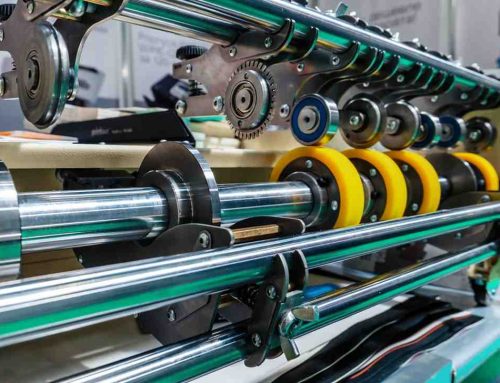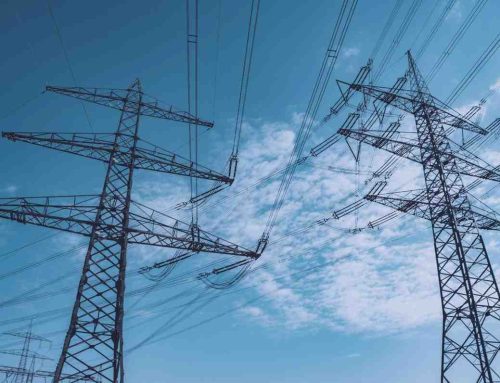Agricultural matting is proven times and times for its efficiency. The changing face of agriculture is quite remarkable. Farmers today have three main goals: to farm as efficiently as possible while protecting the environment and also to produce more food than ever before. Achieving all this means coming up with new ideas – and one solution that has recently appeared on the scene is agricultural matting.
Think for a moment about a substance that helps your plants grow better but at the same time keeps your animals healthy; with agricultural matting, that’s exactly what you’ve got. These mats do far more than just cover the floor.
By buying agricultural matting – usually made from top-quality rubber or polyurethane – farmers can create an area where crops grow under perfect conditions while livestock stands on something designed to look after their welfare. So let’s find out more about the science behind agricultural matting and discover some of the clear advantages it brings.
You can explore our othe industrial rubber industry coverage such as mining industry, food production, ergonomics technologies, roller technologies, and more. Stay till the conclusion of this article and get the information you need before making decisions.
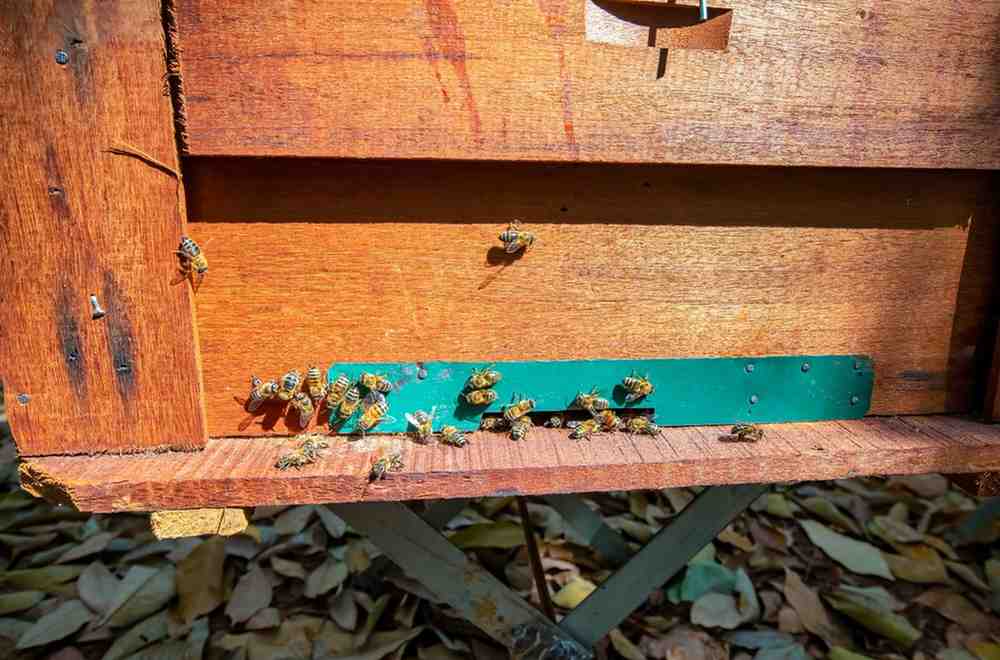
Agricultural Matting: Materials, Engineering, Specs
Agricultural matting isn’t a one-size-fits-all solution. To maximize its effectiveness, the materials and engineering behind these mats are crucial. Let’s explore the science that underpins the success of agricultural matting:
Material Matters: Durability and Performance
- High-Quality Rubber: Farmers’ Top Pick! Rubber mats are the perfect choice for flooring in agricultural settings. Why? It’s simple – they are incredibly tough and resilient! Whether it’s tractors driving over them all day long or cows wandering around; these mats can take a serious beating. Go one step further and use them in pens, stables, or greenhouses too as when wet, rubber has fantastic non-slip properties for both humans and animals. Top Tip: If you want really strong matting that also offers flexibility go for those made from at least 60% natural rubber.
- Polyurethane (PU): An alternative with lots of benefits! If you need hard-wearing floor protection with high chemical resistance PU could be more up your street. These mats deal very well with substances like urine, cleaning products, and fertilizers and have smooth surfaces that are easy to keep germ-free – a big plus point if used in animal enclosures. Fun Fact: PU is available in more colors than rubber so if matching accessories is important to you this might be something worth looking into further.
Engineered for Excellence: Durability and Adaptability
When it comes to agricultural matting, you can’t just put down any old sheet. These tough mats are designed with farming in mind:
- Multi-Layered Construction: A lot of agricultural mats have more than one layer. The top one feels good underfoot and gives livestock grip – but those below let the liquid flow away so there’s no puddling. Some designs also boast cushioning for extra comfort; they protect the surface beneath (wooden floor, concrete yard) from getting damaged.
- Variable Thickness and Density: These products are not all made equal! For different jobs, farmers need materials of varying thicknesses/densities. A thick heavy-duty type will last longer in a busy area used by lots of animals; soft versions provide less support when walked upon by 1,400lb cows but might be kinder to older creatures’ joints overall.
Technical Specifications: Numbers That Matter
If you are looking into agricultural matting options, there are a few important factors to think about:
- Thickness: This can range from 6mm (about ¼ inch) if you need something fairly light through to 25mm (1 inch) or even more for heavy-duty use.
- Density: Density is measured in kilograms per cubic meter (kg/m³): generally, the higher it is, the tougher and more supportive your mat will be.
- Drainage Channels: If controlling moisture levels is crucial (for example in greenhouses or poultry sheds) then you’ll want to check whether these are included as standard; also look closely at how they’ve been designed!
Understanding both materials science bit as well as some engineering facts may help when it comes time to buy new stuff. In the following paragraphs we delve deeper into all this – plus provide information on benefits such as increased plant growth or animal welfare provided by certain types of agricultural mats.
How Agricultural Matting Enhances Plant Growth?
Agricultural matting goes beyond animal comfort – it can also revolutionize how plants grow. By providing an ideal, regulated setting, these mats promote healthier vegetation and larger yields. Here is why:
Moisture Marvel: Preserving the Elixir of Life
Water is essential for plants, and agricultural matting helps with moisture management:
- Reduced Evaporation: When soil is left bare, water quickly evaporates—which means more frequent watering is necessary to keep plants alive. Agricultural matting forms a physical barrier that reduces evaporation rates significantly. This can mean you need to water less often, so water is conserved while plants receive optimal moisture. Studies have shown these products can cut by 50% the amount of water lost through evaporation: a major saving in drier climates.
- Improved Soil Moisture Retention: Some multi-layer products have channels that hold water without waterlogging the roots. It is then released slowly into the soil meaning plants get a constant supply at their base; Look for designs with reservoir bases if maximum water retention capabilities are desired.
- Erosion Control: However moisture can also be destructive. For example, when heavy rain hits bare earth valuable nutrients are washed away – this is bad news for growing flora! One function of agricultural matting is to break the fall of raindrops meaning they are less likely to bounce when they hit soil. In short, these clever contraptions absorb some of the water’s energy so there is less impact overall.
Weed Warriors: Banishing Unwanted Guests
Farmers constantly fight weeds, which compete with crops for resources such as water and nutrients. Enter agricultural matting:
- Physical Barrier: The solid, impenetrable structure of agricultural matting acts as a physical barrier that stops weed seeds from germinating and taking root in soil – meaning less need for chemical herbicides and more environmentally friendly farming methods. Statistics worth noting: Research shows agricultural matting could cut weed growth by up to 80%, slashing costs of both weeding teams and herbicides.
- Light Deprivation: Most common weeds need sunlight to grow from seed (or germinate). By blocking the sun’s rays from reaching the soil, agricultural matting prevents weed seeds from developing far enough to start photosynthesizing – and so they can’t steal goodies from your crop plants!
Temperature Tamers: Safeguarding from Extremes
When temperatures shift too much, plant roots notice – and they don’t like it! If roots are exposed to intense cold or heat, they won’t grow properly. And if your roots aren’t growing like they should, your plants won’t be healthy enough to produce a good crop.
Here comes agricultural matting to the rescue. Whether it’s sweltering outside or freezing (or both!), these special blankets help keep soil temperature steady. When the weather’s hot, they make sure the ground doesn’t warm up by holding on to moisture from irrigation or rainfall.
If you’ve got crops in the ground during a cold snap—or live in an area where frost is common—they can safeguard them by trapping some of the earth’s natural warmth. Scientists say that using agricultural mats might reduce how often the temperature in the first few inches of soil changes by as much as 5°C (9°F).
And when you team this up with their ability to manage moisture, control weeds, and protect against temperature extremes well, you create an environment where plants can thrive. These clever products also look after animals’ welfare making sure they are safe and sound. So let’s find out more about these amazing all-rounders…
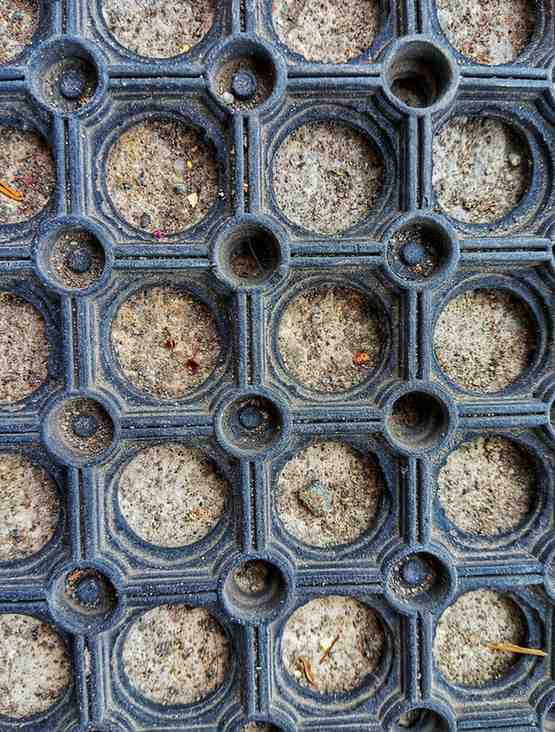
A Haven for Hooves and Paws: Animal Safety with Agricultural Matting
An effective farm depends on animals that are not only happy but also healthy. If you want to provide a safe and comfortable space for your livestock to live well then agricultural matting is key. But don’t just take our word for it — let us show you how these mats help contribute towards animal wellbeing:
Comfort Underfoot: A Foundation for Health
Livestock spend long periods standing or walking: something that can become uncomfortable if they do so on hard floors (or floors alone; bare). As this state-of-the-art facility demonstrates, there’s more to horticulture than taking proper care of plants!
- Pressure Relief: When you use agricultural matting, the soft surface spreads out weight evenly. This means there is less pressure on an animal’s joints and hooves (or feet). The animals feel more comfortable – especially large animals such as horses and cows. For best results, choose mats with a built-in shock absorber. Pressure relief: research shows that laying matting in cow stalls can reduce hoof lesions by up to 30%; this means fewer vet bills and healthier animals.
- Slip Resistance: A major danger to animals on farms is slipping over on floors – it’s a bit like humans trying to walk on ice. Most types of agricultural matting have been designed so they offer excellent grip even when wet, thanks to their textured surface. By reducing the number of slips and falls, you can make things safer for your animals and cut vets’ bills arising from injured livestock.
Cleanliness is Key: A Sanitary Haven
Animal hygiene is critical for both their health and the overall farm environment. Agricultural matting makes it easier to keep a clean and sanitary space:
- Easy Cleaning: The smooth or textured surfaces of agricultural mats are easy to clean and disinfect. Unlike traditional bedding such as straw – which can harbor bacteria and moisture – mats can be hosed down or power-washed. This promotes good hygiene and reduces the risk of disease transmission between animals, compared with traditional bedding materials, agricultural matting may help reduce bacterial growth by up to 50%, creating a healthier environment for both livestock and farm workers.
- Reduced Ammonia Emissions: Animal waste can be harmful if its fumes irritate animals’ lungs or cause respiratory problems. By improving drainage ammonia build-up may be reduced: which means agricultural matting could help provide livestock with air they find healthier to breathe.
Noise Reduction: A Calmer Environment
Livestock are known to be sensitive when it comes to noise; the constant clatter of hooves on hard floors can make for a rather stressful environment. But there is an answer. By using cushioned mat materials from agricultural suppliers to absorb sound, farmers can make a real difference. Such products create a quieter atmosphere that helps animals feel good as well as a stress-free zone – especially if there is also a special layer to dampen things down further. Research data indicates levels could fall by up to 10 decibels in barns fitted with the product. These benefits contribute to overall welfare too (hygiene, and comfort being paramount): so much so that we will explore some practical applications in different farm settings further on!
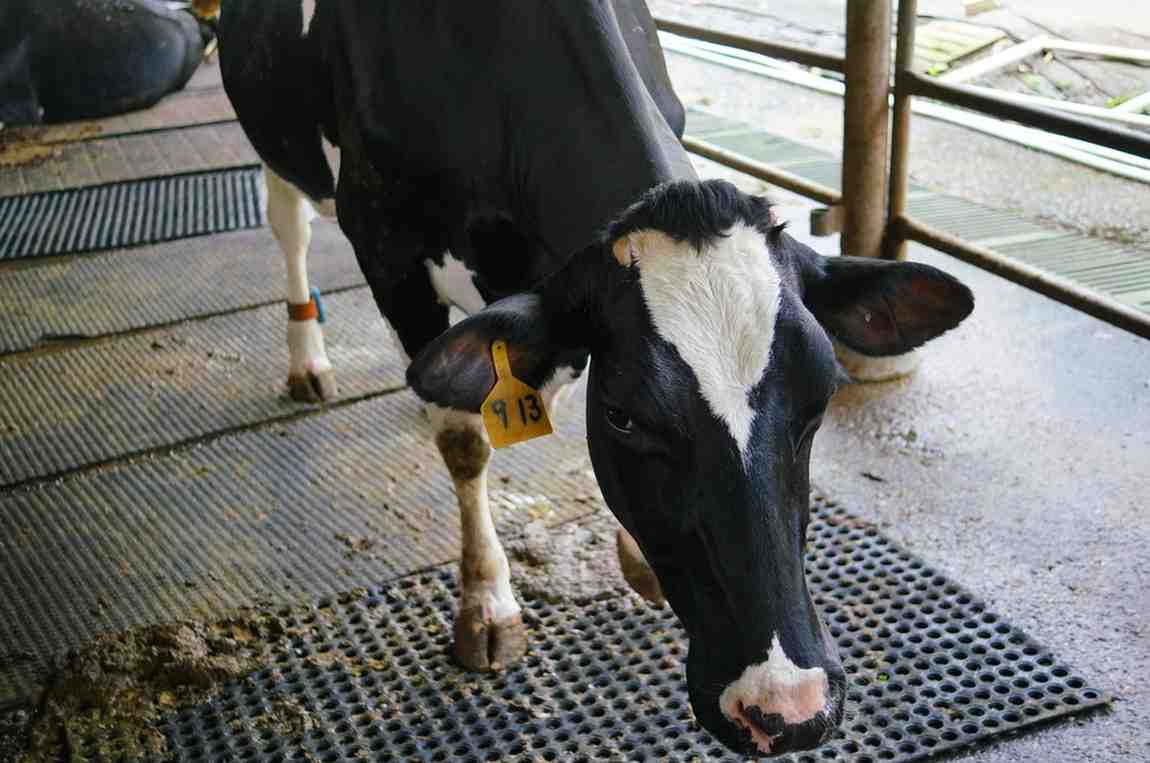
A Multifaceted Marvel: Practical Applications of Agricultural Matting
Agricultural matting has many uses in farming besides simply protecting plants. It can be used in different settings on a farm to help plants grow better and keep animals healthier. Here are just a few examples:
Applications in Greenhouses and Nurseries
Greenhouses and nurseries often use matting for growing things like young plants, fragile blooms, and expensive vegetables because it creates an ideal microclimate around the crop:
- Propagation Mats: These thin mats retain heat and are perfect for germinating seeds and growing seedlings. By providing gentle heat from below, the mats help seeds to germinate more quickly and evenly. For a technical point: try to get hold of a mat that has an adjustable thermostat. This will allow you to set the temperature at exactly the right level for the plants you are trying to grow.
- Greenhouse Flooring: There are larger mats available which are tough and hard-wearing. These can be put down on greenhouse floors to create a non-slip walking surface – making life more comfortable for staff. The mats may also have a role to play in improving drainage, stopping weeds from taking over, and keeping soil at a steady temperature. All of which create better-growing conditions for lots of different plants. Here is a statistic to consider: one trial has shown that using special mats in greenhouses increased the number of seedlings that germinated by 20% t. It is thought this happened because the mats helped to keep the temperature stable – and made sure the air around the plants was humid.
- Potting Bench Protection: Mats do not have to be thin to be useful in horticulture. Thicker versions can be placed on workbenches where planting takes place; they provide a cushion against breakages if things fall plus protection for the bench itself (which may be made of wood and could rot). Such mats are also easy to wash down – which helps keep hygiene standards up.
Applications in Animal Housing
Agricultural matting can create a safe and comfy place for your animals.
- Cow Stalls: Thick, cushioned mats mean cows can lie down more comfortably – they don’t have to put up with hard surfaces pressing into their legs and hooves. What’s more, these mats could lower the animals’ risk of getting foot injuries while they’re staying in the stall. The mats are also comfy for standing on – and if cows are spending less time lying down in cubicles because they find them uncomfortable, this comfort could lead to an increase in milk production. A study has shown that using mats like these could help to up yield by 5%. Cleaning is easy which means hygiene levels can be better: Diseases spread less rapidly between animals if they aren’t coming into contact with infected urine and dung because these substances can be washed away more effectively.
- Horse Stalls: Similar to cow stalls, agricultural matting in horse stalls provides a comfortable and slip-resistant surface, reducing the risk of injuries. The mats can also help to dampen noise levels, creating a calmer environment for horses.
- Livestock Transport Vehicles: If you are transporting livestock, either within a lorry or from pen to abattoir, the company recommends its product: They are tough and easy to clean. If used on lorries there is less chance that cattle will slip and fall; similar accidents might be reduced when pigs or sheep are being loaded or unloaded at the market. Mats absorb water and ammonia so that “animals arrive drier and therefore more comfortable as well as less stressed”, according to promotional literature.
By incorporating agricultural matting strategically within your greenhouses, nurseries, or animal-housing facilities you could provide a boost both to growth rates seen in plants and wellbeing indicators monitored in creatures – whilst running a commercially viable farm operation over time.
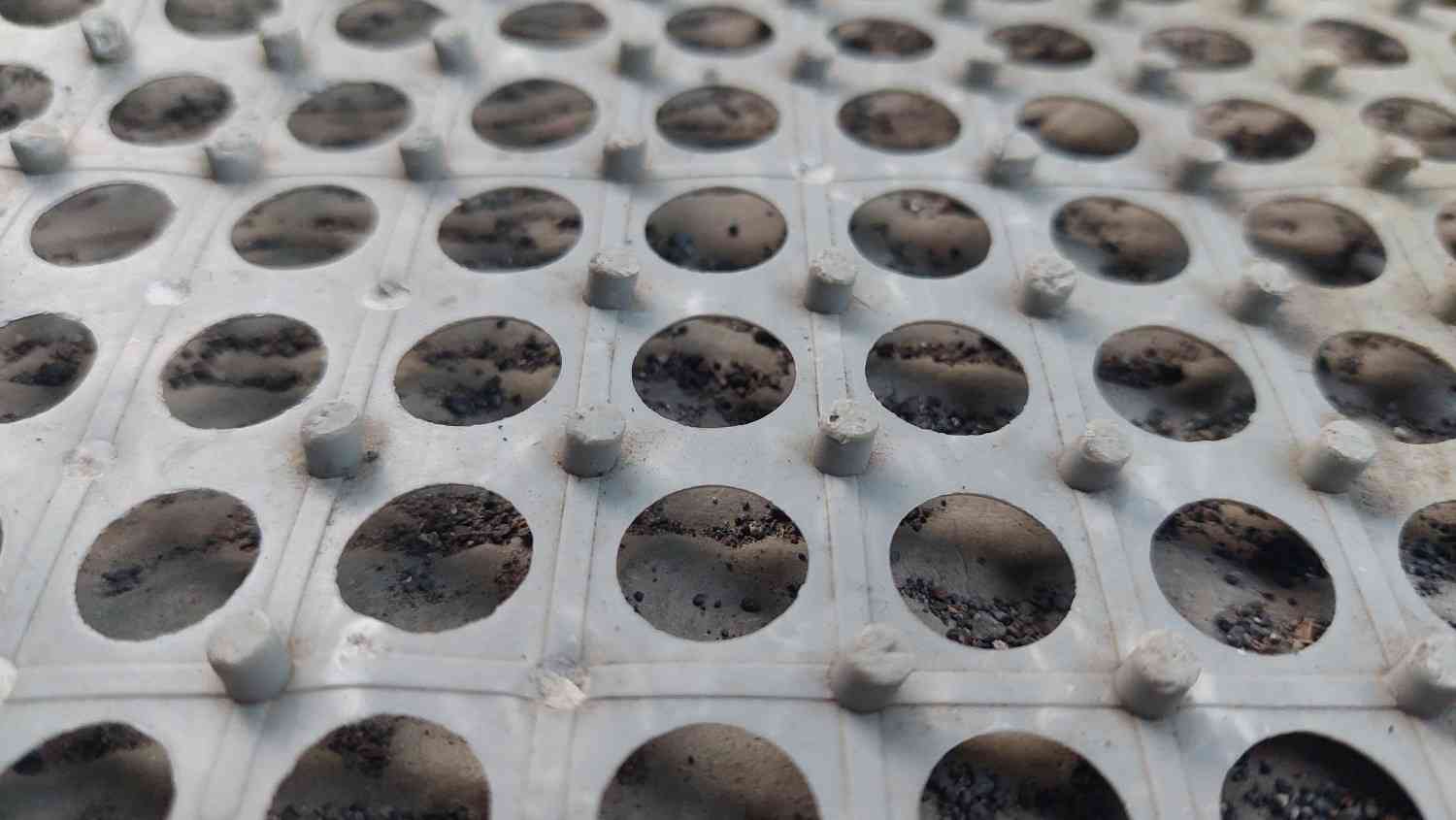
A Lasting Investment: Installation and Maintenance of Agricultural Matting
Agricultural matting requires a significant up-front investment in the future of your farm. To maximize benefits over the long haul, proper installation, and ongoing maintenance are essential. Here are some key points to consider:
Installation Know-How: A Smooth Start
The installation process for agricultural matting can vary depending on the specific application and type of matting chosen. Here’s a general step-by-step guide:
- Preparation is Key: Make sure the ground is both clean and flat before starting work.- If you’re going to be digging holes for anchors, ensure that there will be a way for water to drain from them.- Every job is different so talk to your supplier about what they think would work best in your case.
- Measure Twice, Cut Once: It’s better to spend extra time measuring twice than to realize after cutting once that something doesn’t fit properly!- Depending on the product used there may already be standard sizes available — if not, installers must do their cutting onsite.
- Secure the Matting: To prevent accidents occurring due to slipping tripping etc., secure edges tightly down. There are various ways this can be achieved but each material/ surface may require its unique system.- For example, some may interlock like giant jigsaw pieces while others need adhesives mechanical fastenings in doubt follow the maker’s guidelines precisely: It will have been tested more than anybody else’s instructions could ever be!
Top Tips for Different Settings:
- Greenhouses and Nurseries: To guarantee good drainage, mats should be laid on a slight slope or you should use those with built-in drainage channels.
- Animal Housing: Take care to fix mat edges securely so animals cannot chew them or get underneath. If mats are used in loose stalls, think about using some that have textured surfaces – animals will have better grip/traction if they need to move quickly for any reason.
Maintenance Matters: Ensuring Long-Term Performance
With proper care, agricultural matting can provide years of reliable service. Here are some practical maintenance tips:
- Regular Cleaning: The frequency of cleaning will depend on the application. For animal housing, daily scraping and regular power washing are recommended. Greenhouses and nurseries might require less frequent cleaning, but routine sweeping and disinfection are essential. Always follow the manufacturer’s cleaning recommendations for your specific type of matting.
- Disinfection: Regular disinfection helps to control the spread of bacteria and pathogens. Choose disinfectants appropriate for the type of matting and animals housed (if applicable).
- Inspections: Regularly inspect your agricultural matting for any signs of wear and tear, such as tears, rips, or loose edges. Address any minor issues promptly to prevent further damage and ensure continued effectiveness.
By following these installation and maintenance guidelines, you can ensure your agricultural matting delivers optimal performance for years to come. In the next section, we’ll explore the environmental and sustainability benefits of using agricultural matting, solidifying its role as a responsible choice for modern farmers.
Cultivating a Sustainable Future: The Environmental Benefits of Agricultural Matting
Modern agriculture faces a critical challenge: balancing productivity with environmental responsibility. Agricultural matting emerges as a champion in this pursuit, offering a win-win scenario for both your farm’s success and the health of our planet. Let’s delve into the ways agricultural matting contributes to a more sustainable future:
Going Green: Eco-Friendly Materials
Sustainable practices are no longer a niche concept; they’re a driving force in responsible farming. Many agricultural matting manufacturers are leading the charge by incorporating recycled materials:
- Recycled Rubber Powerhouse: Many agricultural mats contain a lot of recycled rubber. This means we can stop loads of rubber waste going into landfill sites. For example, just one mat in a cow’s stall can use as much recycled rubber as 4 old car tires – and by doing so, help you reduce your environmental impact while contributing towards better waste management. Look out for products with a minimum of 30% recycled content: they do make a difference you will notice.
- Sustainable Innovation: Firms making these mats are also looking at using other materials that are kinder to the environment. One possibility is bamboo – or even cork! Both come from renewable sources and if they ever wear out can be left somewhere they will disappear naturally (biodegrade). Bamboo grows incredibly quickly: far faster than trees which produce traditional rubber; it also needs very little land or other resources.Although these new kinds of farm equipment are not yet widespread their potential is being taken very seriously indeed.
Chemical Cutback: Reducing Reliance on Pesticides and Fertilizers
Agricultural mats could change the game when it comes to fighting chemical dependency:
- Weed Warriors Without Chemicals: By suppressing weed growth effectively, agricultural matting reduces the necessity of using chemical herbicides. Several studies show that this can lead to a decrease in herbicide use by up to 75% in greenhouses. Not only does soil health benefit from fewer herbicide residues but so too does nearby water quality–there is less chance these substances will contaminate water sources.
- Nutrient Retention Champions: Think of agricultural mats like a sponge that holds onto things when there’s too much rain. This means cost savings for farmers because they don’t need to apply fertilizers as often–plus it helps protect rivers from damage caused by an overload of nutrients (runoff) which can lead them to turn green with algae.
- Technical tip: Want to make sure your plants can take up those vital mineral elements? Make sure you buy mats with closed cells; then nothing will be washed down past the roots when it rains heavily.
The Power of Data: Quantifying the Sustainability Impact
Data supports the environmental advantages of agricultural matting:
- A Breath of Fresh Air: Research has found that using these mats correctly in livestock housing cuts down on ammonia emissions by around 20%. Ammonia is an irritant gas that can cause breathing difficulties in animals and harm air quality. A second set of studies underscores just how useful these mats can be in terms of water conservation.
- Water Conservation Warriors: When it comes to holding onto moisture, agricultural matting outperforms many rival products: research suggests it could reduce evaporation by half (50%). This could be especially important for farmers in areas vulnerable to drought. and brings with it a whole host of sustainability benefits.
When you take into account these factors alongside other plus points such as encouraging wildlife, cutting chemical use, and being made from recycled materials, there is a strong case for saying that agricultural matting is ideal for people wanting to farm more sustainably. Do you want your farm to do well over the coming years while also showing that it cares about rare plants and animals, clean water, and fresh air? If the answer is yes then agricultural matting may represent a sound investment: it seems from all the facts, figures, and study results we have seen that these products really can deliver both on-site and globally.
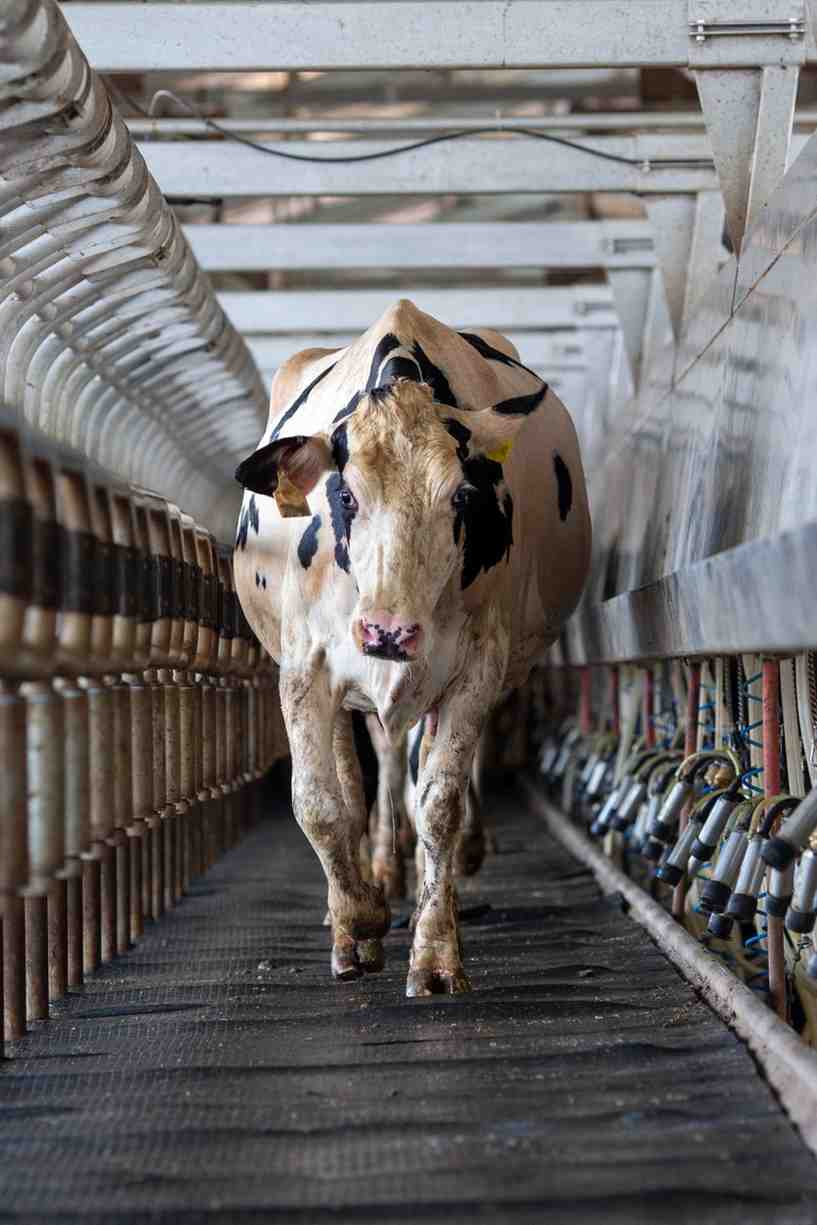
Conclusion
In the ever-evolving agricultural landscape, innovation is key to achieving the trifecta of efficiency, productivity, and sustainability. Agricultural matting emerges as a powerful tool, fostering optimal growing conditions for plants and prioritizing animal safety. From promoting healthy root development through moisture retention and temperature regulation to creating a comfortable and sanitary haven for livestock, agricultural matting delivers a multitude of benefits.
The environmental impact is undeniable. By reducing reliance on chemical herbicides and fertilizers, agricultural matting promotes sustainable practices. Additionally, it conserves water and minimizes harmful gas emissions, contributing to a healthier planet. As you strive to achieve peak performance while safeguarding the environment, consider agricultural matting – an investment in your farm’s future and a commitment to a sustainable agricultural tomorrow.
Don’t worry if you have more questions contact our customer support which will guide you through and present you with undeniable offer for your needs.
